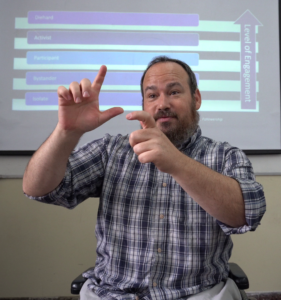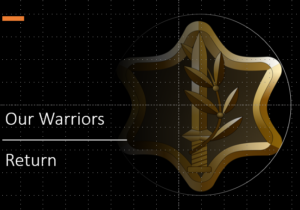I know, you probably see “politics” and it gives you the heebie jeebies.
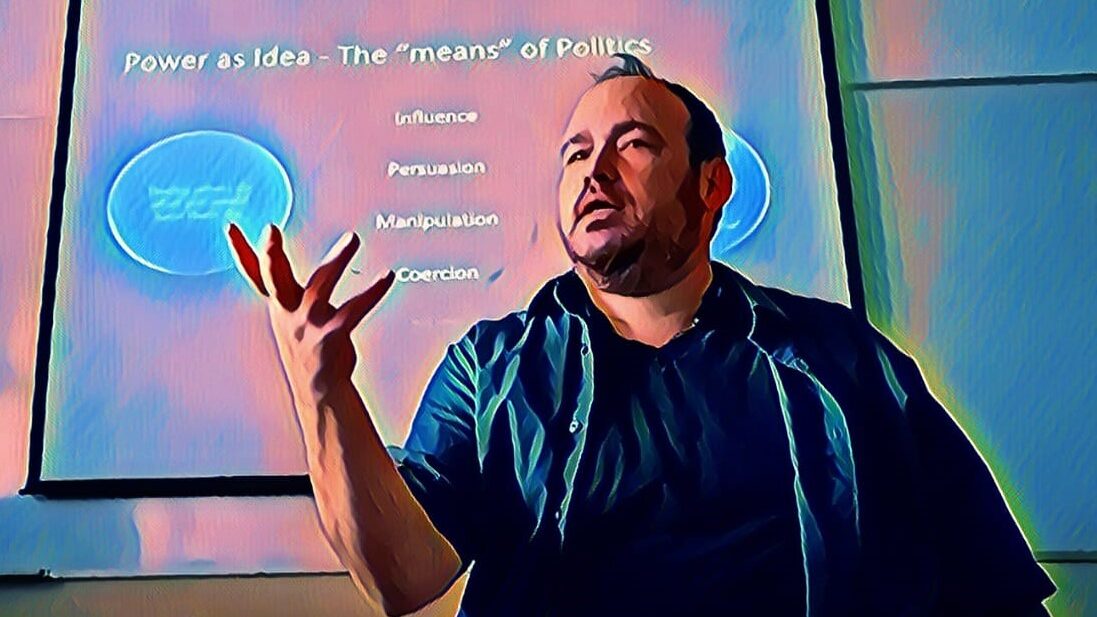
But if we want to be a good, or great, leaders, then we need to understand that politics is inherent to the leadership process. Not just once in awhile. And not just when things are going badly.
We engage politics all the time as part of leadership.
The fact is, many people associate politics as a negative function. Work politics means something yucky is going on at work. And family politics is all about some unpleasant disagreement taking place in the family. So, lets be honest for a moment, we don’t like to think of politics as positive interactions. We would prefer to think about those as a relationships or teamwork or influence.
But we engage politics all the time. At home, at work, with our friends, co-workers, neighbors, and in many other relationships.
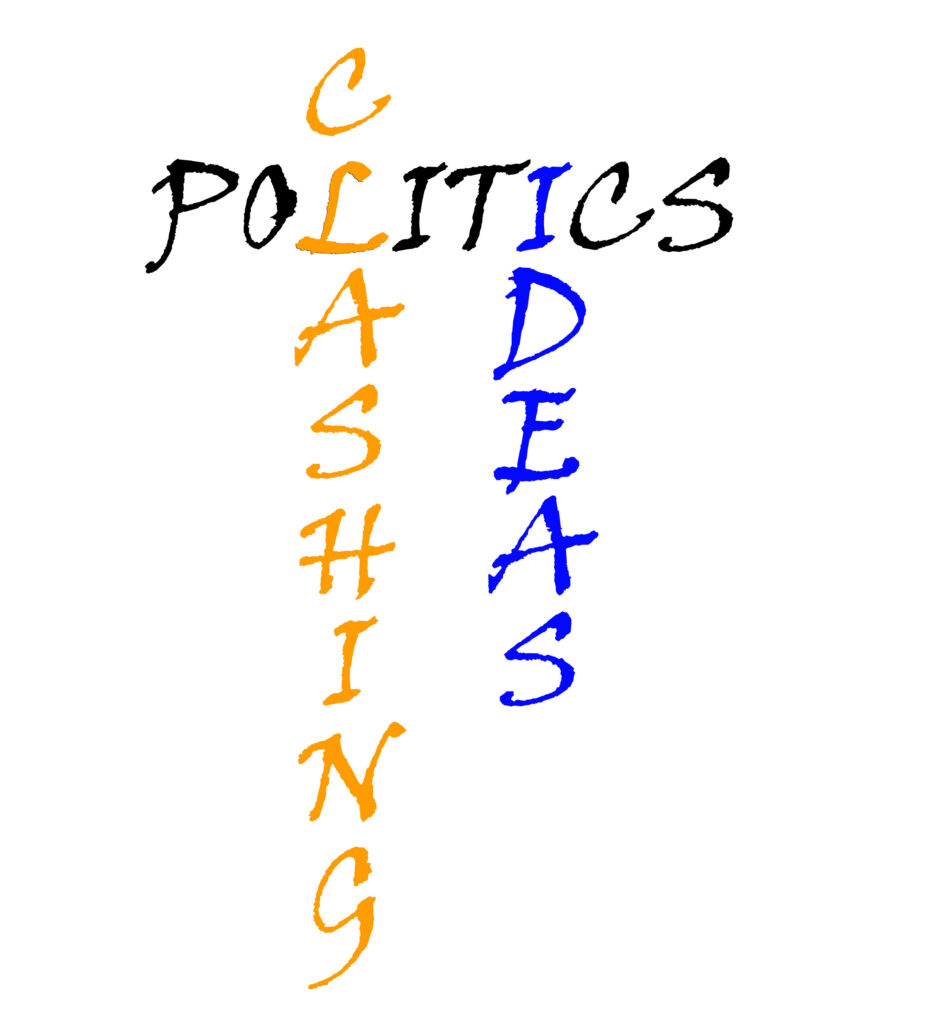
What makes politics unpleasant is that it often means dealing with ideas we don’t like, disagree with, or that we flat out refuse to accept.
That is because politics, at its core, is the realm of clashing ideas. Ideas that want to manifest in this world. Ideas that want to get us to use time and energy to make them real. And very often we find ourselves working to negate and deny an idea’s further influence or existence in the our world.
But, in reality, we experience politics whenever someone promotes an idea, or takes action based on an idea. But we only call it politics when the idea doesn’t jive with our worldview. Or when the person is doing something that goes against our values or perspective on acceptable and required action.
So if we hold a leadership position, then we probably feel like we are engaging politics far more often that we like to admit. That is because leadership is the process of getting others to follow and work towards a mutually acceptable idea.
Getting people to follow means engaging some form of political interaction. At the very least it means engaging power. Which is another of those less then pleasant concepts. But wait a moment, if leadership engages power doesn’t that make it dirty – like politics?
No.
You see, the basic definition of power is the ability to have others do what you want them to do. And leadership is all about getting others to do what you want them to do. Or getting others to want what you want. Or helping others get what they want.
When we think about politics, we often think about the unpleasant manifestation of power – as manipulation or coercion. You know, when the leader threatens to fire someone, or management threatens to deduct wages. Or when someone uses an underhanded method to get what they want.
But that doesn’t mean that all leadership uses manipulation, or worse coercion. While many people think of power in those terms, we all engage politics, and the resulting power systems, in our everyday relationships. And we do so with purpose and for good.
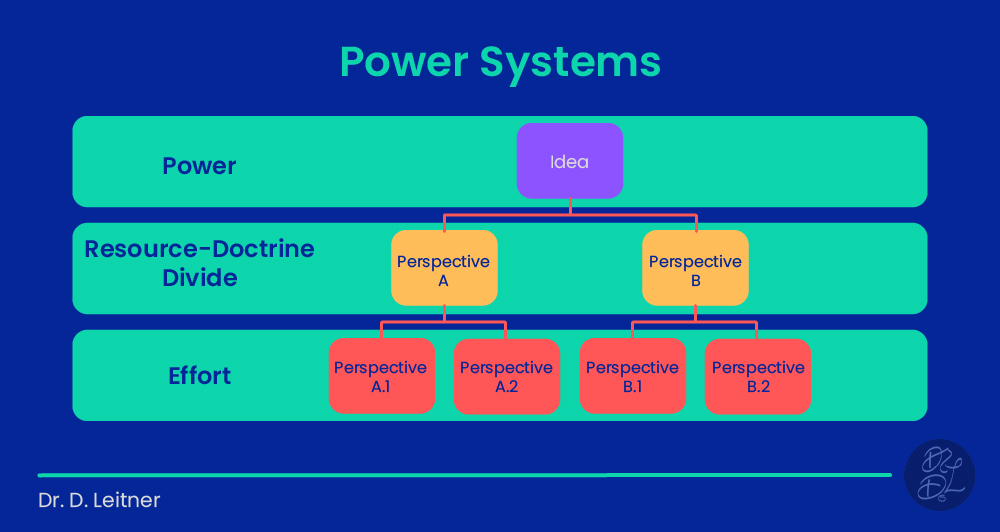
So, let’s understand power for a moment.
Power systems start with an idea. That idea then breaks down into different perspectives – ideologies – about what that idea means and how to best manifest that idea in the world. This leads to strategic concepts about how to move forward. People who ascribe to the idea, or a perspective on the idea, will then engage their time and energy – they will put effort into making the idea real.
This happens on the grand political arenas – governments and international relations. But it also takes place in smaller organizations like businesses and families. Leaders can find themselves trying to negotiate between two different perspectives on the how to accomplish a goal. Workers may disagree on the type, style, and nature of effort needed for an idea to come to life. Managers may be debating the best way to move forward given the core ideas they need to manifest, the doctrinal limits, and the resources available to them.
So, when leadership tries to get others to join or follow, they use some form of power. How that power manifests depends on the style of leadership, the nature of the relationship, and the basis and legitimacy of authority the leader holds. Leadership, and leaders, utilize power to get followers to see the world the way they see it, and to get followers to take action to help change the world and make it a better place.
And influence and persuasion are just as much manifestations of power and politics. When a leader is able to convince the team members of a specific direction or shows them how he is helping to reach the goal, there too the leader engages power.
Dr. Tim Baker suggests four ways leadership can influence followers. By learning these different types of persuasion, and gauging the response of the followers, leadership can learn how best to engage each follower and get them to accept a new idea or strategy for manifesting an idea. This isn’t about choosing a leadership style, this is about choosing a style of persuasion to get people on board for an idea…
Baker’s influence matrix presents us with 4 specific ways leadership can engage in politics. They can use a logical approach or an emotional approach. And leader can either push their followers in a specific direction or pull them to new perspective. According to Baker, a leader taking the logical/pushing attitude is going to use a investigative approach that marshals all the fact and information to make a clear logical argument that will convince the follower that the leader’s vision – the goal and strategy are the best ones to take. A logical/pulling leader, on the other hand, will present all the pros of their goals and strategy while delineating the cons of the present situation or other options that exist.
In contrast to the logical approach, Baker also presents the emotional approach to influence. Emotional/pushers tend to motivate by expressing the big picture and convincing followers the worth of working towards that big picture. They will pull at the heartstrings to link different actions with attaining that future vision and make the follower feel like the leader’s strategy and goals are the best way to achieve success. Lastly, we have the emotional/pulling form of persuasion. These leaders will try to get followers to help decide the best path forward and suggest that by working together the vision can be reached, if everyone pulls their weight.
But here’s the question – are you doing something wrong if you use one of these forms of persuasion? Are you a bad person if you figure out how to engage your followers in order to convince each one that the path ahead requires them to engage? Or are you a good leader?
Well, how does the follower feel afterwards? Does it leave them with a slimy and gross feeling after the interaction takes place? Like they have been manipulated somehow? Or do they feel empowered and successful because they now have a personal stake in the future vision? If it is the first, then we will probably hear about it as politics. If it is the second, we will probably hear about teamwork.
But in reality, both of these are leadership as politics. Both use power to engage with specific followers and bring together a group with purpose.
And we often find senior leadership working to determine which ideas should garner the attention, and resources, of the organization. Which means they are engaging in political debate as different ideas seek to be a significant influence on the ideational hierarchy driving the organization forward.
But, you might be asking, what does it matter if leadership engages in politics or if leaders need to use power? Why do I care?
Well, according to Eric Liu, you are either using power or it is being used on you. Effective leadership means being able to recognize the different powers at play and to engage politics to help make sure the best ideas rise to the top. And that requires strategic thinking.
For some groups that means taking a laissez faire approach – taking a step back and letting the different team members engage in interpersonal politics to figure out which ideas are the most important and how to make those ideas manifest in the easiest way possible. For other groups, leadership needs to take a more direct, hands on approach, directing the team and presenting clear goals and strategies for attaining those goals. And for other teams it might mean allowing different political perspectives space to try their method and see which one is best.
For leadership to effectively engage power, leaders need to understand the different ways they can influence their followers. This isn’t just about the styles and skills they bring to the table, but is also about understanding what forms of persuasion will best impact the followers.
It is about the politics of leadership.
Dr. Tim Baker’s “Four ways to be more influential” https://www.linkedin.com/pulse/four-strategies-more-influential-dr-tim-baker/

